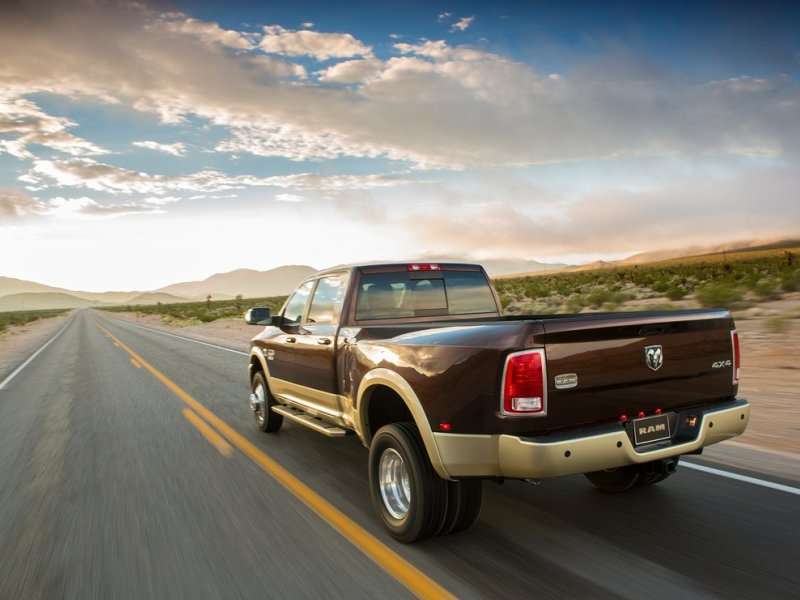Recent Articles
Popular Makes
Body Types
10 Ways To Improve Gas Mileage
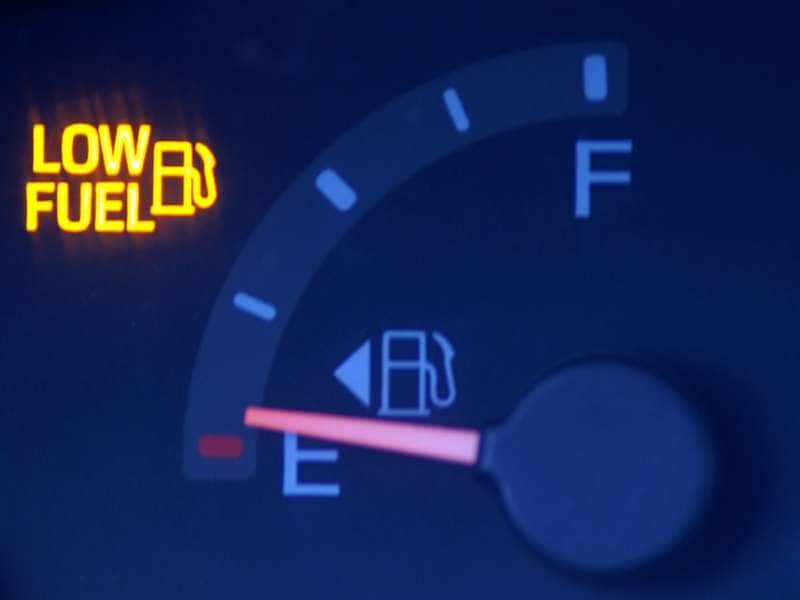
We've all seen those ads on late-night television touting a miracle gadget that will magically improve the gas mileage of any car for just three easy payments of $19.99. The reality is, there's no magic to getting more miles per gallon - it's largely a matter of changing your own driving habits, as well as following a few basic tips specific to your vehicle. With time and effort, it's possible to increase the range you get from a full tank of gas without having to send boob-tube hucksters any of your hard-earned cash.
Let's take a look at 10 ways to improve your gas mileage - it's easier than you'd think!
10 Ways To Improve Gas Mileage - 01 - Lighten Your Load
Almost everyone is guilty of this particular offense: letting a whole bunch of little things accumulate in the trunk or cargo area of your vehicle over the course of months or years of ownership. It's hard to argue with an extra gallon of windshield washer fluid, or maybe some jumper cables, but in the summer time you probably don't need to haul blankets or a shovel. We also tend to forget things like coolers, jackets, shoes, and of course the endless parade of toys that can fill up a minivan surprisingly quickly. Especially on big sedans like the Ford Taurus or crossovers like the Toyota Highlander, where there's enough room inside to simply move items around when you really need cargo space, it's important to stay on top of how much unnecessary weight you are carrying around, as it will have a direct impact on the amount of gas your vehicle consumes.
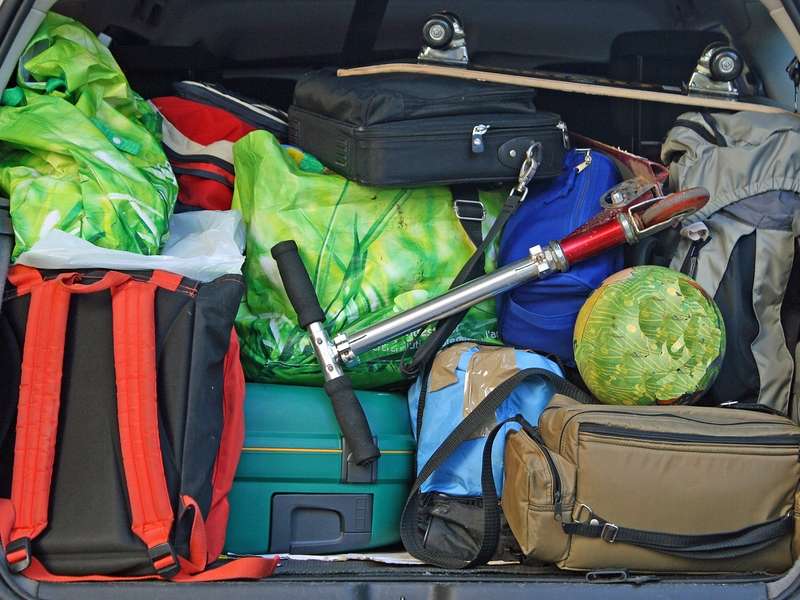
10 Ways To Improve Gas Mileage - 02 - Train Your Right Foot
Developing smooth and steady driving habits are one of the easiest ways to improve your fuel mileage. If you've ever driven a car from Toyota or Honda, for example, which has an 'Eco' setting, you will immediately notice that throttle response in this particular mode is significantly dialed down. This is to avoid the kind of 'jack-rabbit' starts where the gas pedal is jammed to the floor and the car surges ahead in a flurry of wasted fuel. You don't have to be ginger on the accelerator, but rolling on and off the throttle instead of abruptly stabbing at it is a great method for increasing the number of miles you get out of a tank of gas.
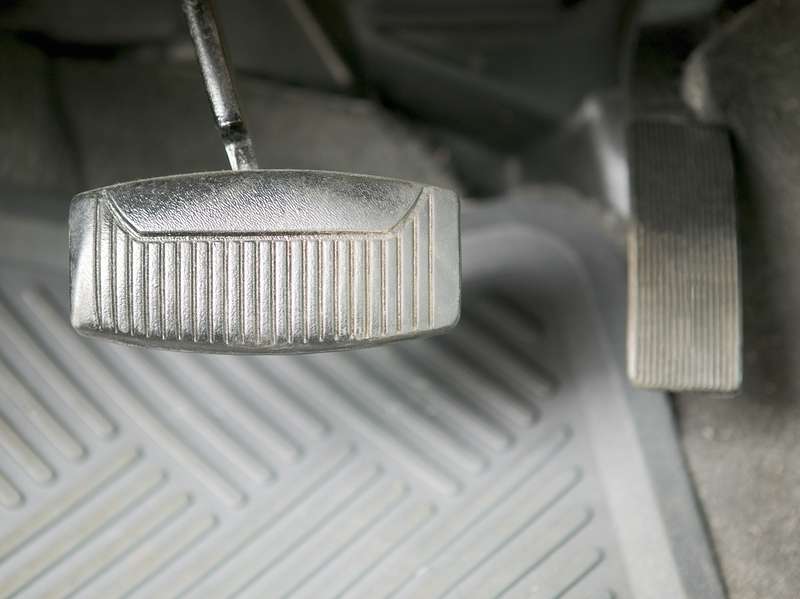
10 Ways To Improve Gas Mileage - 03 - Don't Put In Premium Unless Its Actually Required
Up-selling is a fact of life, and it doesn't just happen at McDonalds. When you hit the gas station, resist the temptation to put premium fuel in your car unless it's absolutely required. How will you know? Most of the time it's written on a sticker on the inside of the fuel door, but you can always check the owner's manual for the recommended octane rating. Premium fuel is usually reserved for turbocharged engines, or those that have been tuned to require the knock-resistance of high octane gas. Unless your motor has been designed to take advantage of premium gasoline, you will see zero benefit to using it - and your wallet will be lighter than it needs to be.
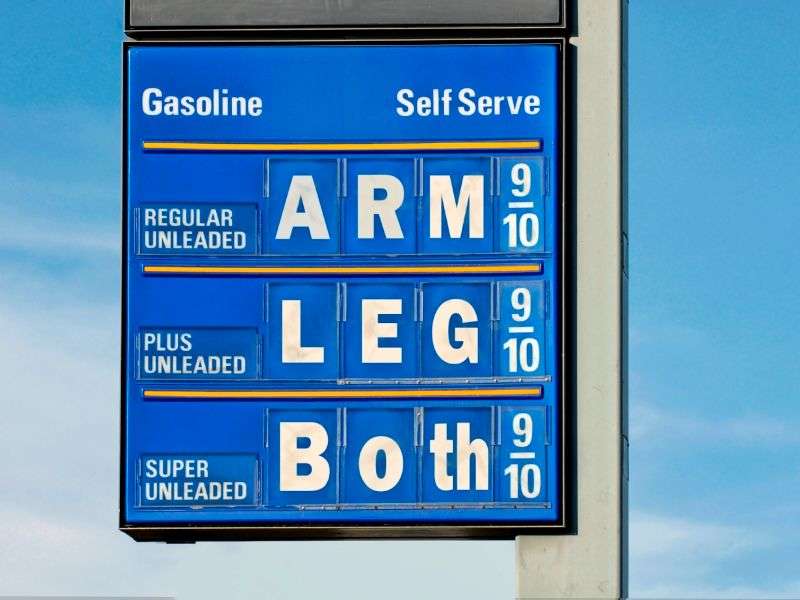
10 Ways To Improve Gas Mileage - 04 - Tire Inflation Is Important
Here's a simple rule of thumb regarding tire inflation: over-inflated tires tend to display more tread wear towards the inside of the tire, while under-inflated tires wear out faster on the edges. Having less air in your tires than recommended by the manufacturer (typically posted on a sticker on the inside of the driver's door jam, but also available in the manual) is a surefire way to ding your fuel efficiency by a few miles per gallon. The EPA estimates that every 1 pound per square inch drop from the factory figure lowers your mileage by 0.3 percent. A few psi later, and you're looking at a one to two mile per gallon differential, which can really add up over the course of a year.

10 Ways To Improve Gas Mileage - 05 - Slow Down
With even cars like the affordable Kia Forte capable of easily exceeding the speed limit, it's no wonder that the signs posted on the interstate occasionally feel like no more than 'suggestions' as traffic whizzes by you at an alarming rate. Following speed limits doesn't just keep you on the right side of the local constabulary, however - it can also help you consume less fuel during your journey. It's simple physics: accelerating a heavy object like a car requires a certain amount of energy, and maintaining a higher speed is going to use more gas than cruising at a slower one. Most cars in the United States are also tuned to offer optimum efficiency at speeds of up to 65-mph, and exceeding this limit invites more rapid depletion of your tank.
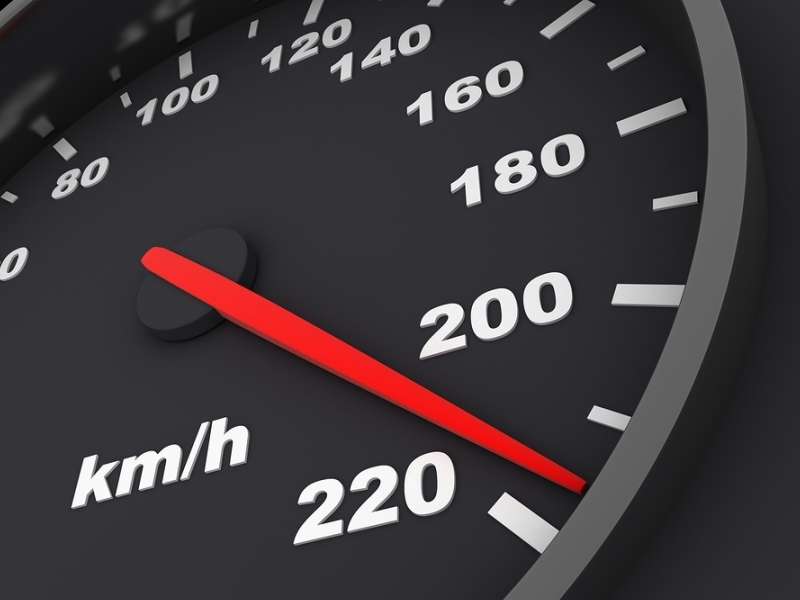
10 Ways To Improve Gas Mileage - 06 - Take Care Of Basic Maintenance
It's useful to think of your engine as one big air pump. The more efficiently you can get clean, cool air into and out of your car's motor, the more efficient it will be, as oxygen is a crucial component of internal combustion designs. This means that having a clean air filter is more important than you might think. Changing your air filter is a cheap and easy thing to do, and a filter should at least be inspected at each oil change (another piece of basic maintenance that will keep your motor pumping along as efficiently as possible). It might seem like you are saving a bit of cash by delaying a filter or oil change, but you're still being hit financially in the form of reduced fuel mileage.
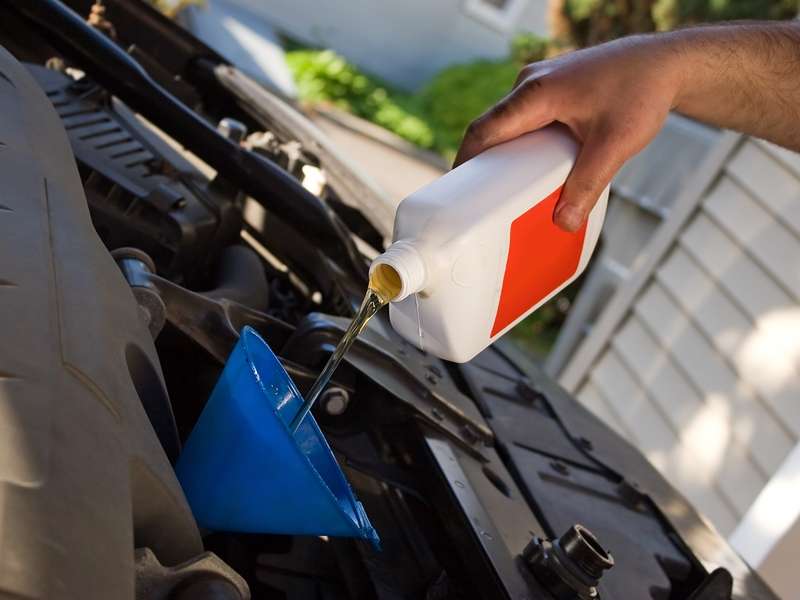
10 Ways To Improve Gas Mileage - 07 - Leave The Roof Rack At Home
Roof racks can be very useful for small car owners who just don’t have enough room inside to haul skis, bikes, or other types of over-sized cargo. They do come with an aerodynamic penalty, however, and pushing all of that air almost always manifests in the form of reduced gas mileage. If you do have to strap a container to the roof of your car, make sure that you remove it at the end of your road trip. Leaving it up there indefinitely is unfortunately going to see you pay more at the fuel pump.
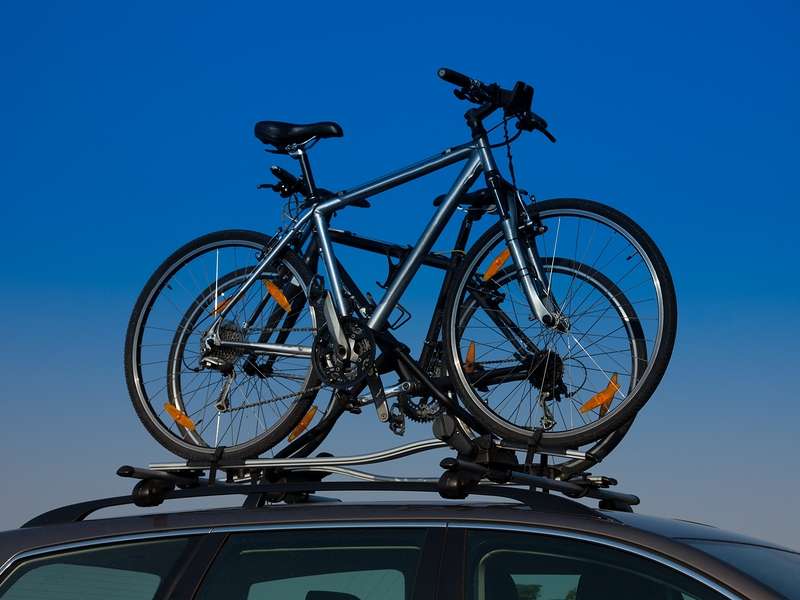
10 Ways To Improve Gas Mileage - 08 - Use Cruise Control
We've already talked about avoiding rapid acceleration from a stop, as well as keeping your speed at a manageable rate in order to help you improve your gas mileage. There's another method you can use to keep your right foot from exacting too much of a toll on your car's efficiency: cruise control. Setting your car's cruise control feature avoids the slight speeding up and slowing down that all human drivers exhibit on longer trips, and eliminating these peaks and valleys smoothes out your engine's operating profile and lets it operate as efficiently as possible.
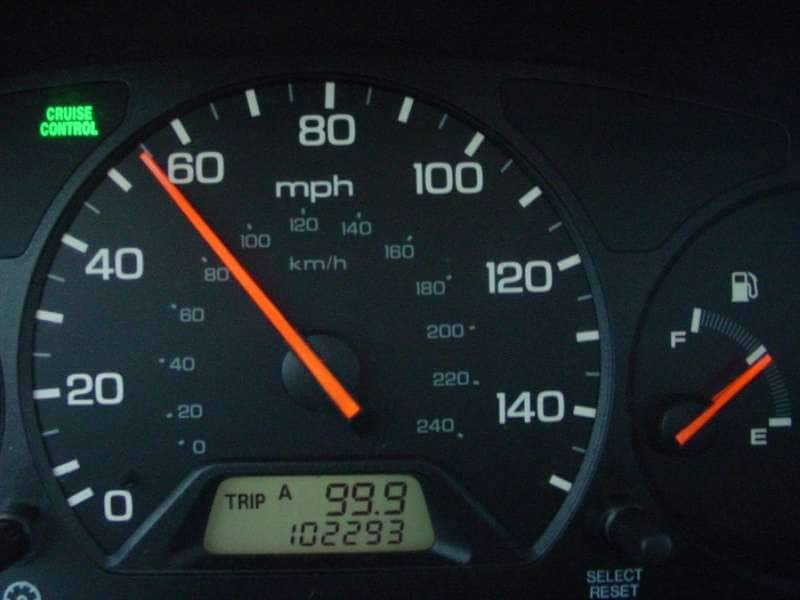
10 Ways To Improve Gas Mileage - 09 - Avoid Idling
There's nothing less efficient than a car burning fuel without moving. In recognition of this fact, many modern cars - not just hybrids - come with an automatic engine start/stop feature that eliminates idling by killing the motor as soon as a vehicle rolls to a halt, and then starting it back up again when the accelerator is depressed. Even if your automobile doesn’t benefit from this particular technology, you can certainly turn your car off when parked, wait until you absolutely need to turn the ignition on after you first get into your vehicle, and try to plan routes that will avoid bumper-to-bumper traffic that will see you sitting and idling along with hundreds of other frustrated motorists.
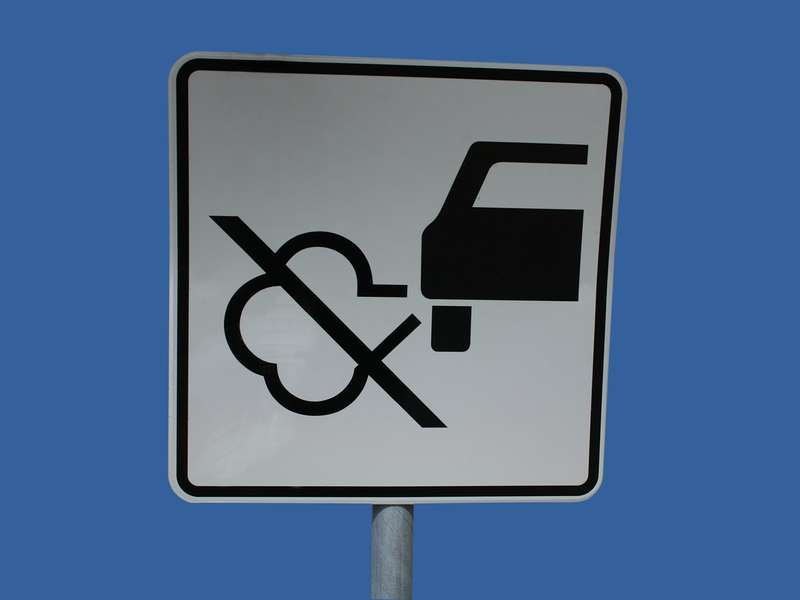
10. Ways To Improve Gas Mileage - 10 - Keep The Tailgate Up
This last tip is aimed specifically at pickup owners: keep the tailgate up. It might seem logical that dropping the tailgate on the highway would improve fuel mileage, because a visual inspection of any truck's cargo bed appears to indicate that a tailgate can act as a big air brake. Truck builders, however, have actually designed pickups to create what is known as a 'separated bubble' in the cargo area when moving at speed, a phenomenon that pushes air over the tailgate without impacting efficiency. Putting the tailgate down breaks the bubble, and as a result makes a pickup less aerodynamic and prone to using more gasoline.
